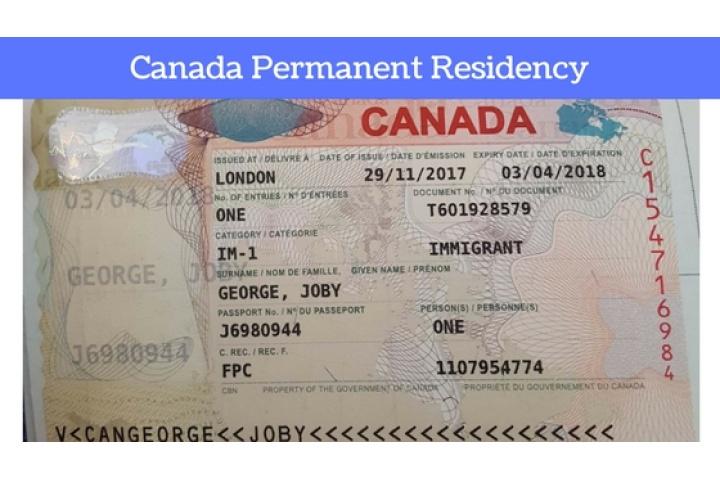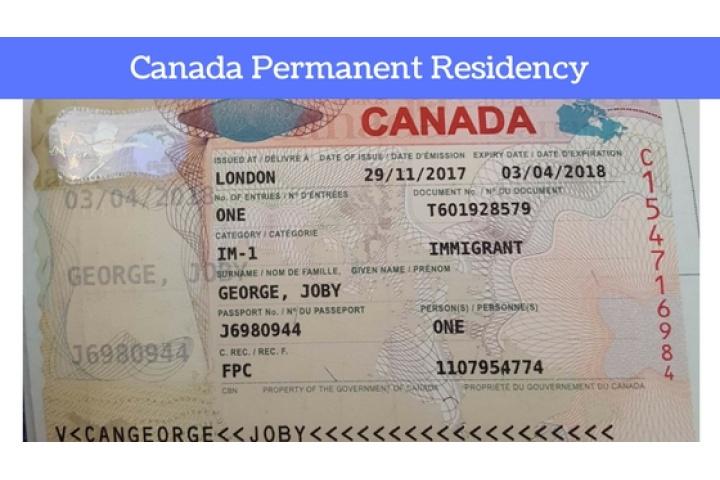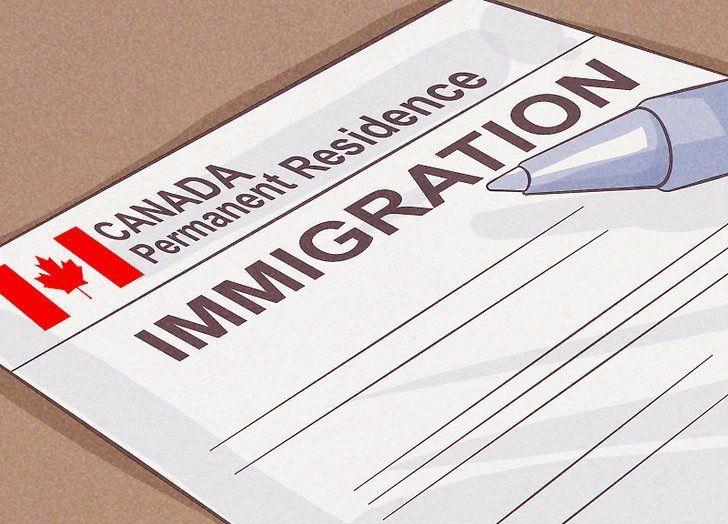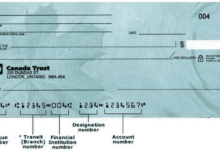If you are thinking of immigrating to Canada, you have to start by figuring out how to apply for permanent residency. You can do this by using the Express Entry program, the PNP (Provincial Nominee Program), or the RNIP (Registering New Immigrant Program).
RNIP
If you are interested in gaining permanent residency in Canada, you may be eligible to apply through the Rural and Northern Immigration Pilot (RNIP). This program is aimed at attracting skilled workers to communities in the rural areas of Alberta, Ontario, Quebec, Saskatchewan, and British Columbia.
The RNIP is a five-year pilot program, which will launch in November 2019. Applicants can apply through this program if they meet certain qualifications. They must find an eligible job in one of the participating communities. These jobs must be in a specific occupation and have a minimum wage. Applicants are also required to have language skills.

Applicants are selected based on their profile and education. They must have at least 1,560 hours of work experience. For a period of at least a year, they must have worked full-time.
PNP
Whether you’re moving to Canada as a student or a skilled worker, you’ll need to apply for permanent residence. Fortunately, there are many ways to do it. You can take the path of a provincial nominee, or you can apply through Express Entry. Regardless of which pathway you choose, you’ll need to follow the Government’s instructions to the letter.
A provincial nominee program is one of the most common methods for obtaining Canadian permanent residency. These programs allow Canadian provinces and territories to nominate immigrants who meet specific criteria. In addition to determining if applicants have the required skills and education to settle in the province, they also assess whether the candidate has the resources needed to support themselves.

The eligibility requirements vary widely between provinces. For example, a young applicant should have high levels of education and a skilled work history.
Express Entry
Express Entry is a Canadian immigration program that handles the application process for skilled workers. In order to qualify, applicants need to fulfill several requirements. To apply for Express Entry, you must submit an Express Entry profile, proof of work experience, reference letters from your employers, and a medical report from the IRCC panel physician.
The most important thing to remember is to complete your Express Entry profile in a timely manner. You can check your eligibility using a free online assessment tool.
CRS scores are awarded based on a number of factors, including the amount of education you have, your occupation, your work experience, and your connections in Canada. A good CRS score can help you get an invitation to apply.

If you have a job offer in Canada, it can improve your chances of getting invited. You can earn up to 200 points in the Comprehensive Ranking System (CRS) by accepting a job offer.
Family sponsorship
You can sponsor a family member to come to Canada as a permanent resident. In order to qualify, you will need to meet certain criteria.
There are many different kinds of family sponsorship. Sponsorship can take the form of a spouse, or a child or grandchild. This is an option for Canadian citizens, as well as other foreign nationals. The government wants to encourage family reunification, and it’s also a way for immigrants to settle in Canada long term.
To be eligible to be a sponsor, you will need to meet the requirements set by Immigration, Refugees and Citizenship Canada. These include being a permanent resident of Canada, being 18 years old, and having the financial means to support your family.
As a sponsor, you must sign an undertaking. This is a contract that states you will support your partner and their family, and make every effort to help them get by. It is a good idea to hire a professional to assist with this step.
Landed immigrant
For a non-Canadian to become a permanent resident of Canada, they must apply under certain categories. The Canadian government has been working hard to process as many immigration applications as possible.
These include refugees, asylum-seekers, economic immigrants, and family sponsorship. In addition, permanent residents can also sponsor dependent children and spouses. They are eligible for the same social benefits as Canadian citizens, including free medical care, social services, and educational opportunities.
Permanent residents also pay taxes and provincial taxes, like all Canadian citizens. However, they cannot run for elected office at any level of government, and they do not vote in Canadian elections.
Some people move to Canada for a temporary work visa. Others come for higher studies. Still others have close relatives living in the country. When these individuals qualify for the permanent resident classification, they are given the right to live and work anywhere in the country.




